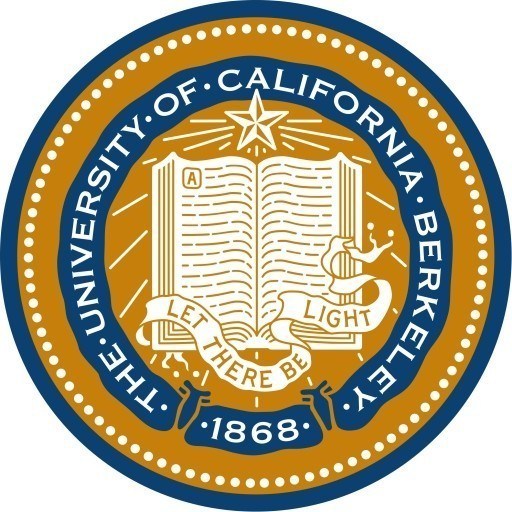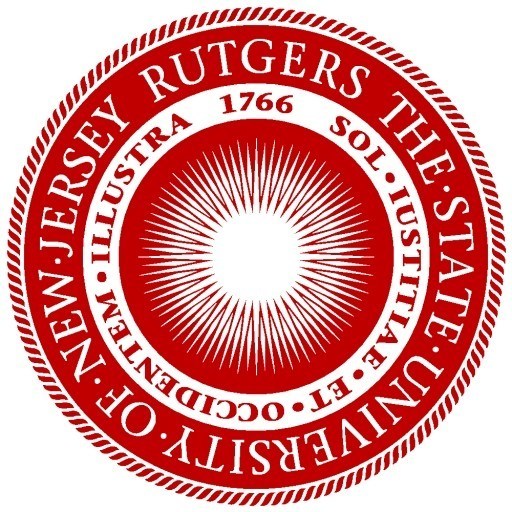Photos of university / #ucberkeleyofficial
The University of California offers a comprehensive and rigorous program in Statistics designed to equip students with a strong foundation in data analysis, probability theory, and statistical methodology. This program aims to prepare students for a wide range of careers in research, industry, government, and academia by providing both theoretical understanding and practical skills. Students will engage with core concepts such as statistical inference, regression analysis, experimental design, and multivariate analysis, alongside learning how to utilize modern statistical software and programming languages like R and Python.
The curriculum emphasizes critical thinking, problem-solving, and the ability to analyze complex data sets with precision and accuracy. Throughout the program, students will participate in hands-on projects, internships, and collaborative research opportunities that foster experiential learning and real-world application of statistical techniques. The program also encourages interdisciplinary approaches, allowing students to combine statistical methods with fields like economics, biology, psychology, engineering, and social sciences.
Graduates of the program will be prepared to pursue advanced degrees in Statistics, Data Science, or related disciplines, or to enter the workforce directly as statistical analysts, data scientists, biostatisticians, or quantitative researchers. The faculty comprises leading experts in the field who are dedicated to providing mentorship and personalized guidance to each student. State-of-the-art facilities and resources are available to support research and learning, including access to extensive statistical databases and computational tools.
By fostering analytical skills, quantitative reasoning, and a solid understanding of the theoretical underpinnings of statistics, the program aims to produce graduates capable of making data-driven decisions and contributing valuable insights in various professional contexts. Whether you are seeking to deepen your understanding of statistical science or planning a career in data-intensive environments, this program provides the essential training and experiential opportunities to succeed in the rapidly evolving world of data analysis.
The Bachelor of Science in Statistics at the University of California offers students a comprehensive foundation in the theory and application of statistical methods. This program is designed to equip students with the analytical skills needed to interpret data, make data-driven decisions, and solve complex real-world problems across various industries. The curriculum covers fundamental topics such as probability theory, statistical inference, regression analysis, experimental design, and computational statistics. Students gain proficiency in the use of statistical software and programming languages, including R and Python, to perform data analysis and modeling effectively.
Throughout the program, students are encouraged to develop critical thinking and problem-solving abilities through coursework, projects, and collaborative research. The program also emphasizes the importance of ethical considerations in data analysis, preparing students to handle sensitive information responsibly. In addition to core courses, students have opportunities to specialize in areas like biostatistics, data science, machine learning, or business analytics, tailoring their education to their career interests.
The program integrates theoretical knowledge with practical application, often involving internships, research projects, and data competitions. This approach ensures that graduates are well-prepared for careers in academia, industry, government agencies, and non-profit organizations. The university's state-of-the-art facilities, experienced faculty, and strong industry connections provide students with a supportive environment for learning and professional development.
Graduates of the Statistics program at UC are equipped with skills in data collection, analysis, interpretation, and presentation, making them valuable assets in the data-driven world. They pursue careers as statisticians, data analysts, data scientists, research scientists, or proceed to advanced studies in graduate programs. The program aims to foster a quantitative mindset and a passion for uncovering insights through data, preparing students to contribute to innovation and informed decision-making in diverse fields.
Program requirements for the Statistics undergraduate degree at the University of California are designed to provide students with a comprehensive foundation in statistical theory, methodology, and application. Admission to the program typically requires completion of the University's general education requirements, along with specific prerequisites such as college-level mathematics courses, including calculus and introductory statistics. Students are encouraged to engage in coursework that develops quantitative reasoning and analytical skills early in their academic careers. The curriculum includes core courses in probability, statistical inference, regression analysis, and experimental design, ensuring students acquire a solid understanding of statistical principles. Advanced elective courses allow students to specialize in areas such as biostatistics, data science, or survey research. Practical experience is emphasized through opportunities for internships, research projects, and collaborations with industry or healthcare organizations. The program also mandates proficiency in programming languages commonly used in statistics, such as R and Python, to prepare students for modern data analysis tasks. Throughout their studies, students are advised to participate in seminars and workshops that highlight current developments in statistical research and technology. Graduation requirements include successful completion of a specified number of credit hours, maintaining a minimum GPA, and demonstrating proficiency in both theoretical and applied statistical methods. The program aims to prepare graduates for diverse career paths in academia, government, industry, and healthcare, or for further graduate study in statistics and related fields.
The University of California offers various funding options for students enrolled in Statistics degree programs, encompassing undergraduate and graduate levels. Financial aid packages are tailored to support a diverse student body, including scholarships, grants, work-study opportunities, and loans. Merit-based scholarships are available for outstanding students demonstrating academic excellence and leadership qualities, with some awards specifically recognizing excellence in quantitative and statistical fields. Federal and state grants, such as the Pell Grant and Cal Grants, provide need-based financial assistance to eligible students, reducing the financial burden associated with higher education. Additionally, the university offers departmental fellowships and assistantships for graduate students, which often include tuition remission and a stipend, enabling students to focus on their research and coursework while gaining valuable professional experience. Many students apply for external scholarships and private funding sources to further offset educational costs. Work-study programs are also accessible, allowing students to earn income via part-time jobs related to their field of study or on campus. Loan options, including federal student loans, are available with favorable interest rates and repayment terms, helping students manage expenses during their studies. The university also provides information and counseling services to guide students through the application processes for various funding sources and to develop personalized financial plans. Overall, the University of California is committed to making Statistics programs accessible by offering comprehensive financial support tailored to meet the needs of each student, fostering an environment of academic excellence and opportunity.
The University of California offers a comprehensive and rigorous graduate program in Statistics designed to equip students with a strong theoretical foundation and practical skills in statistical methods and data analysis. The program provides diverse coursework covering probability theory, statistical inference, computational methods, machine learning, and applied statistics across various disciplines such as health, social sciences, and industry. Students have opportunities to engage in collaborative research projects, applying statistical techniques to real-world problems, which enhances their analytical and problem-solving abilities. The curriculum is regularly updated to include the latest advancements in statistical science, ensuring graduates are well-prepared for careers in academia, industry, government agencies, or further research. The program often includes seminars, workshops, and guest lectures by leading statisticians and data scientists, fostering a stimulating academic environment. Students are supported by faculty members who are actively involved in innovative research, and many participate in teaching assistantships, advanced research projects, and internships. The program may also provide specialization options or tracks, such as biostatistics, data science, or theoretical statistics, allowing students to tailor their education to specific interests and career goals. Graduates of the program are equipped with the quantitative and computational expertise necessary for quantitative analysis, model development, and decision-making in a data-driven world. The university’s location within California's vibrant technological and research hub affords students access to numerous industry partnerships, internships, and employment opportunities upon graduation. The program emphasizes not only technical competence but also communication skills, enabling graduates to effectively present complex statistical findings to diverse audiences. Overall, the UC Statistics graduate program aims to develop highly skilled statisticians capable of advancing the field through research, innovation, and practical application in various sectors.







